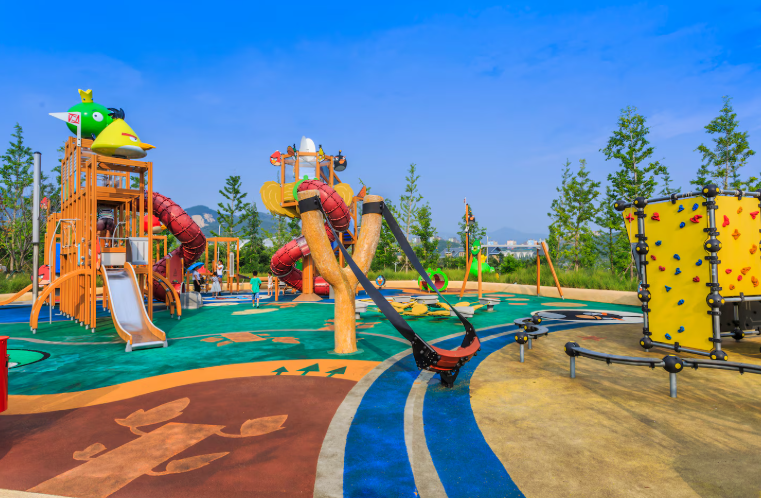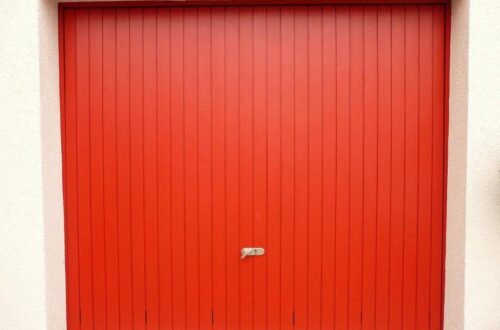Playgrounds are meant to be a child’s first taste of freedom. It’s a place where scraped knees are badges of honour, and adventure feels limitless. But behind every joyful swing, daring climb, and excited jump, there’s a layer of invisible protection: safety standards.
Modern playgrounds no longer just serve as a source of fun. They need to be carefully engineered environments that encourage exploration without unnecessary risks.
Whether you’re a school administrator, a park planner, or a parent curious about what makes a playground truly safe, here’s what every modern play area should include.
Safe Surfacing
Kids fall all the time. It’s practically part of their everyday activities. So, naturally, they take a few falls while playing as well. What matters more is what they fall onto.
The days of concrete playgrounds are long gone. Modern safety standards require shock-absorbing surfaces, like rubber mulch or tiles, engineered wood fibre, or pour-in-place rubber. The surface must be thick and soft enough to cushion falls from the highest point of the equipment.
This precaution becomes even more important in parks with thrilling playground zipline rides or high swing seats.
Spacing Between Equipment
It might not sound like much, but spacing is one of the most critical factors in preventing injuries. Each structure needs enough clearance around it to avoid collisions and tangled limbs.
A well-designed playground feels open, not cramped. There should be clear safe zones between play areas and enough room for adults to supervise comfortably.
If the playground includes something that moves fast, it’s essential to mark off extra space for movement. After all, nobody wants to be on the receiving end of a ride gone wrong.
Industry Standard Equipment
Every piece of playground equipment should meet the safety requirements set by recognised authorities. Their standards dictate everything from material quality to fall heights, ensuring the equipment is sturdy, weather-resistant, and free of sharp edges.
It also includes the heavy-duty mechanics behind that equipment. Because when it comes to high-speed fun, there’s no room for guesswork.
Age-Appropriate Design
One of the biggest mistakes playgrounds make is lumping all age groups into a single play area. A five-year-old’s idea of fun is very different from a twelve-year-old’s. So, their safety precautions differ as well.
It’s why playgrounds are divided into zones. For kids under five, smaller slides, lower platforms, and softer climbs are ideal. And for older kids, grounds usually offer taller towers, ziplines, and more complex balance challenges.
This age separation is crucial for both the safety and confidence of children. That’s why most playgrounds offer separate areas for both age groups.
Regular Maintenance and Inspection
Even the safest playground can become dangerous if it’s not maintained. Bolts can loosen, ropes may fray, and surfaces wear down over time. Professional inspections, then, become non-negotiable.
Maintenance teams should check for rust or corrosion on metal parts, cracked or splintered surfaces, loose bolts or joints, and worn-out safety surfacing. All mechanical features should be handled with regular tension and break checks to ensure optimal performance.



